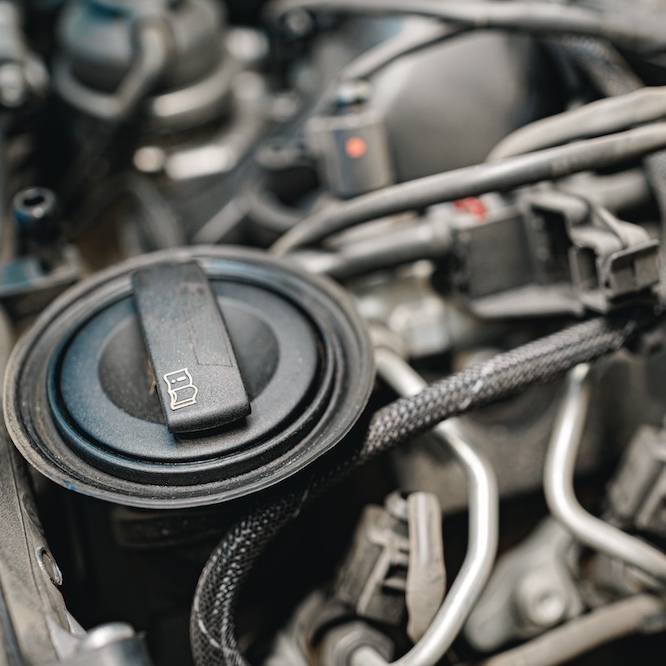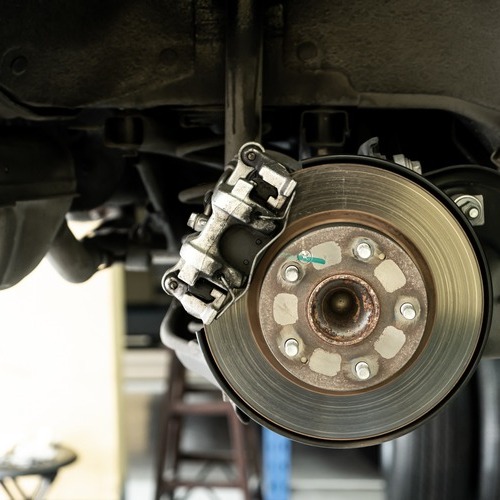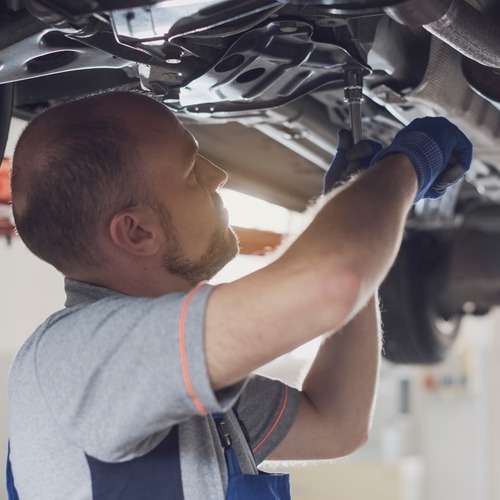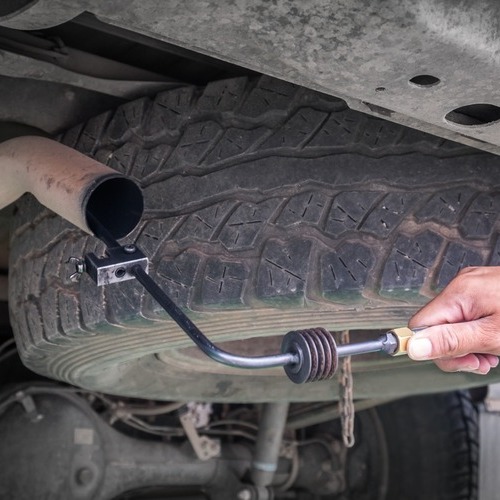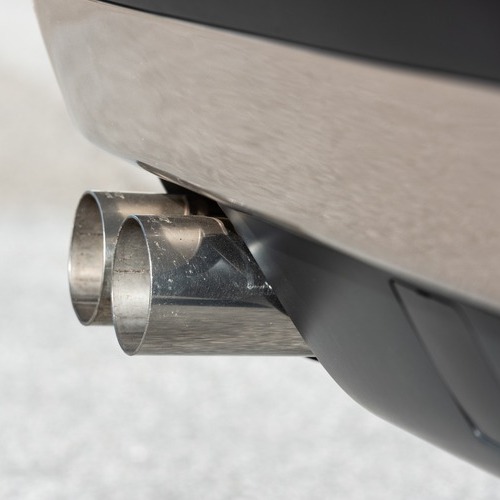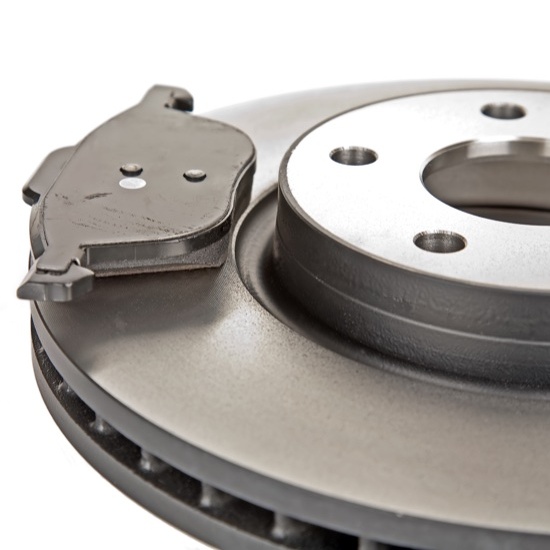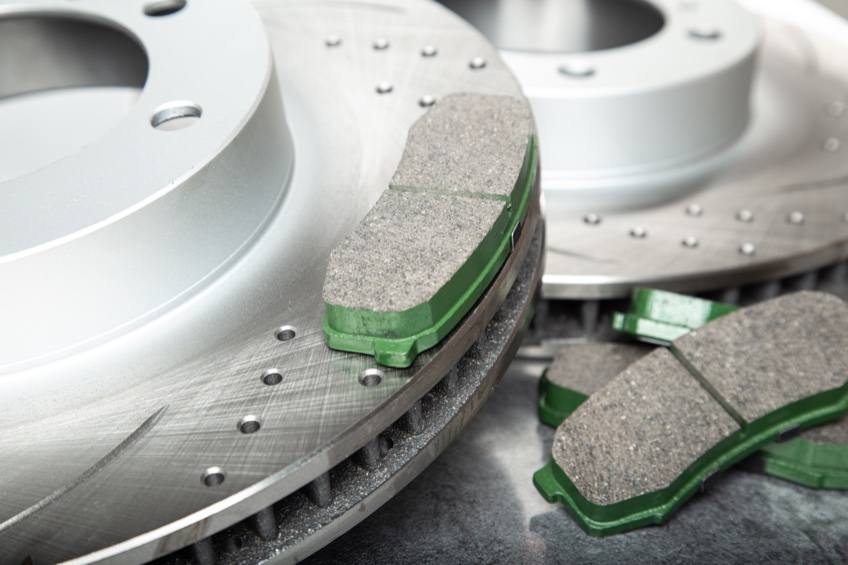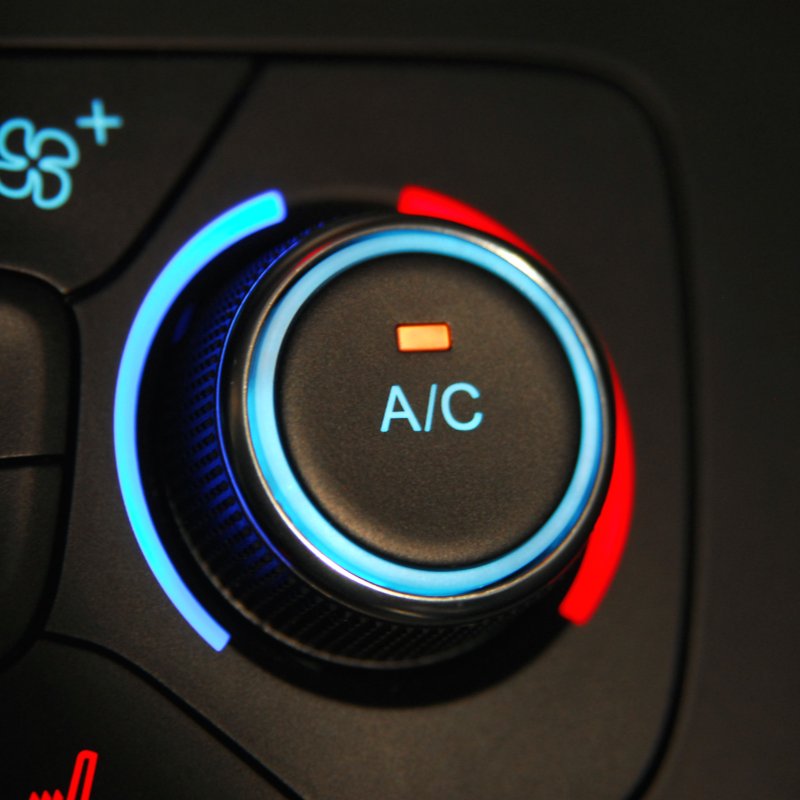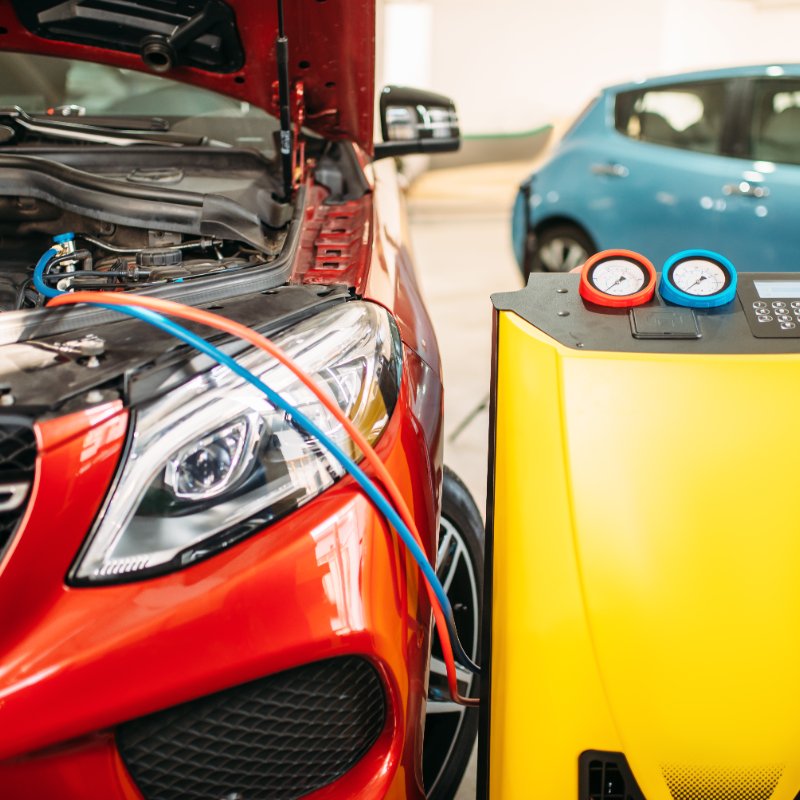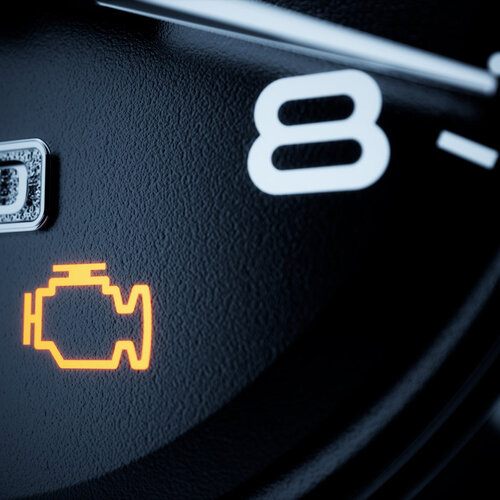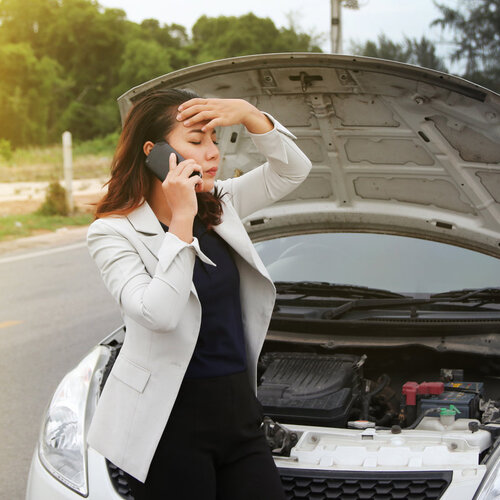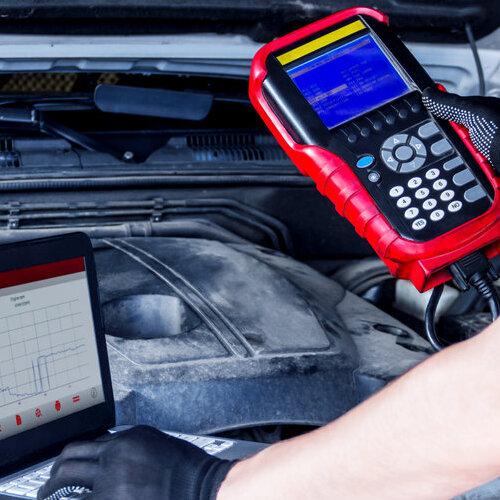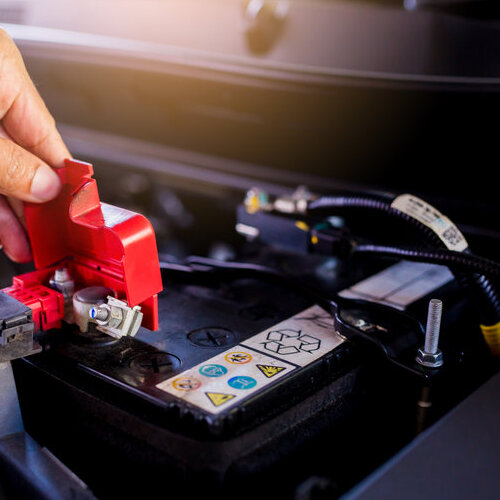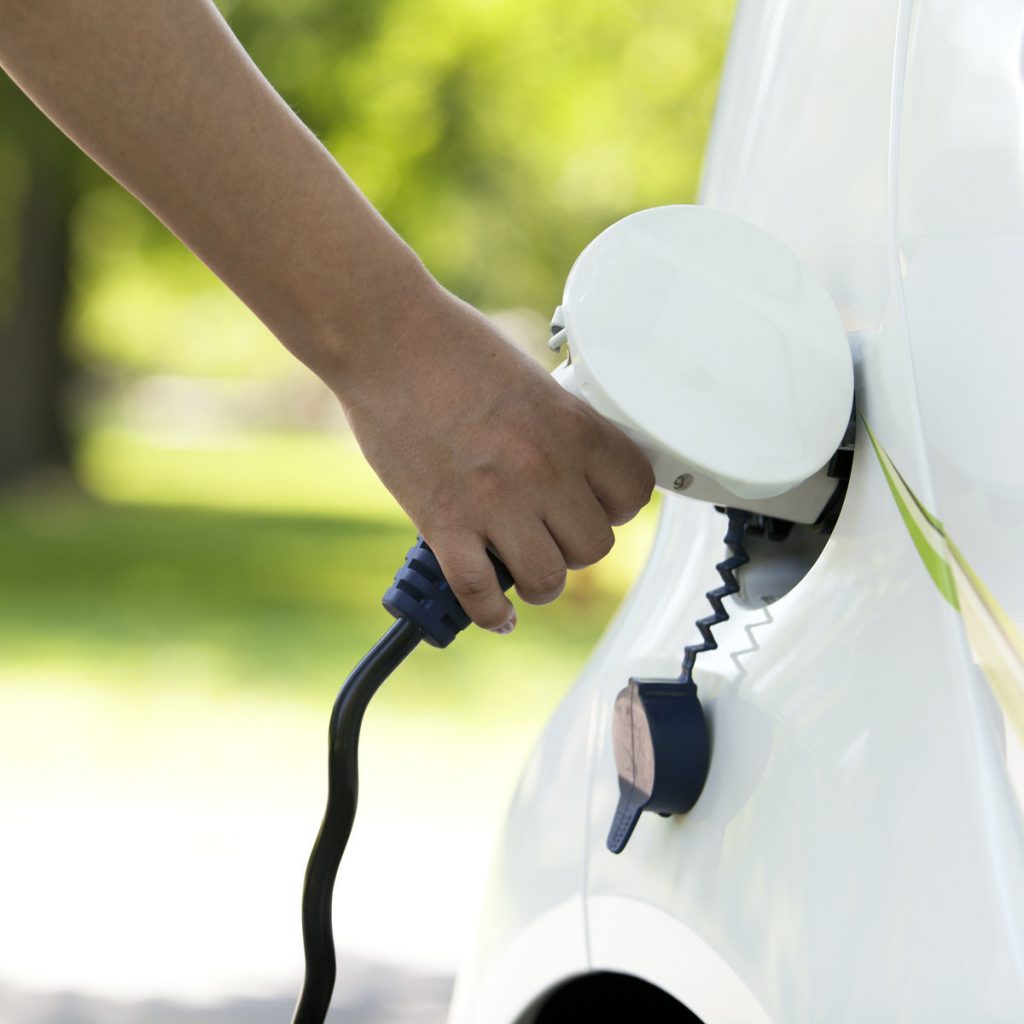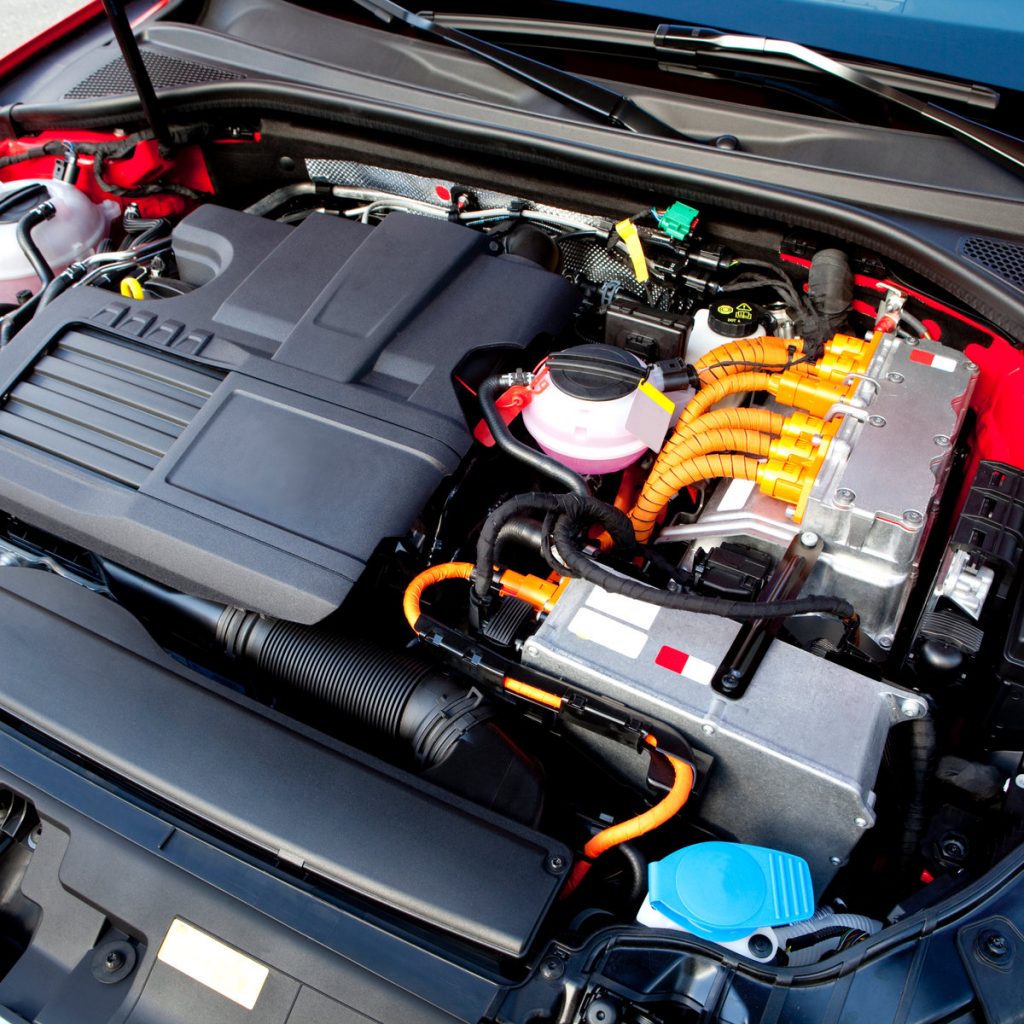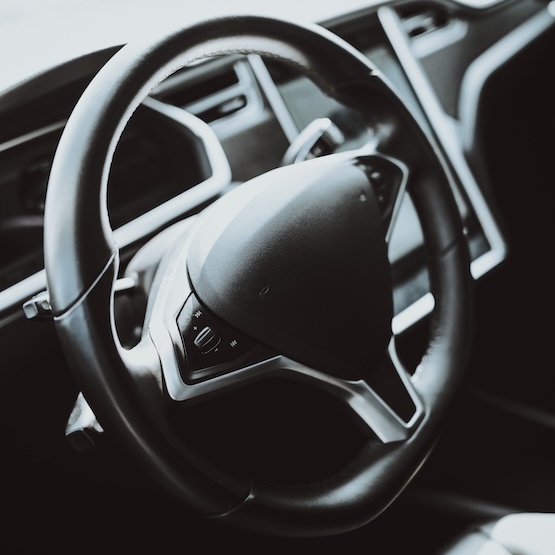
Keeping You in Control: Understanding Common Power Steering System Failures
Power steering is a vital component of modern vehicles, making steering effortless and providing crucial control, especially at low speeds and during parking maneuvers. However, like any mechanical system, power steering systems can experience breakdowns. This blog post dives into the most frequent power steering failures, their symptoms, and preventative measures to keep your car running smoothly.
How Does Power Steering Work?
Understanding the basic principles of a power steering system can help you better identify potential problems. There are two main types of power steering systems: hydraulic and electric.
- Hydraulic Power Steering: This traditional system utilizes a hydraulic pump powered by the engine’s crankshaft. The pump pressurizes power steering fluid, which is then directed to a steering gear unit. As you turn the steering wheel, the fluid pushes on pistons within the steering gear, assisting you in turning the wheels.
- Electric Power Steering (EPS): A more modern system, EPS employs an electric motor to provide steering assistance. Sensors detect your steering wheel movements, and the motor applies the necessary torque to the steering gear, making turning easier.
Both systems rely on various components working in harmony to ensure smooth and responsive steering.
The Most Common Power Steering System Failures
Several issues can lead to malfunctioning power steering. Here’s a breakdown of the most common failures:
1. Low Power Steering Fluid
- Symptoms: The most noticeable symptom of low power steering fluid is a significant increase in steering effort. The steering wheel will feel stiff and require more muscle power to turn, especially at low speeds. You might also hear whining or grinding noises when turning the wheel.
- Causes: Low power steering fluid can be caused by a leak in the system, a faulty pump not generating enough pressure, or even overfilling the system during a fluid change.
- Solutions: Check your power steering fluid level regularly according to your vehicle’s owner’s manual. If the fluid level is low, look for signs of leaks and consult a qualified mechanic for proper diagnosis and repair.
- Prevention: Regularly inspect your power steering system for leaks. Schedule routine maintenance checks with a mechanic to ensure the system is functioning properly and fluid levels are topped up if needed.
2. Faulty Power Steering Pump
- Symptoms: A failing power steering pump can manifest in several ways. Like low fluid, you’ll experience increased steering effort, especially at low speeds and when parking. Whining or grinding noises when turning the wheel are also common signs. In severe cases, the power steering might completely fail, making steering extremely difficult or impossible.
- Causes: Power steering pumps can wear out over time due to normal use and tear. Contaminated fluid due to infrequent changes or leaks can also damage the pump.
- Solutions: Replacing a faulty power steering pump is typically a job for a qualified mechanic. If you suspect a pump issue, avoid driving the car and seek professional help immediately.
- Prevention: Regularly maintain your power steering system by following the manufacturer’s recommended fluid change intervals. This helps prevent wear and tear on the pump and keeps the system functioning optimally.
3. Power Steering Leaks
- Symptoms: Leaks are a common cause of power steering system failures. Signs of a leak include low power steering fluid levels, even after topping up, visible puddles of red fluid under your car near the front wheels, and a whining noise when turning the wheel.
- Causes: Power steering leaks can originate from various components, including worn hoses, loose connections, faulty seals, or even a cracked steering gear unit.
- Solutions: Identifying the source of the leak is crucial. While minor leaks might be addressed with replacing a hose or tightening a connection, more extensive leaks might require professional repair or component replacement. Never ignore a power steering leak, as it can lead to complete system failure.
- Prevention: Regularly inspect your power steering system for signs of leaks and damage. Schedule routine maintenance checks with a mechanic to identify any potential issues early on.
4. Worn Steering Gear
- Symptoms: A worn steering gear can manifest in several ways. You might experience increased steering wheel effort, particularly noticeable at low speeds. The steering wheel might feel loose or unresponsive, and you might hear clunking noises when turning the wheel. In severe cases, the steering wheel might vibrate or exhibit excessive play. This can make driving unsafe and lead to difficulty maintaining control of the vehicle.
- Causes: Steering gears experience wear and tear over time due to friction and constant use. Contaminated power steering fluid due to infrequent changes or leaks can accelerate wear on the gear’s internal components. Additionally, aggressive driving habits or excessive stress on the steering system, such as frequent off-roading, can contribute to premature wear.
- Solutions: Replacing a worn steering gear is typically a complex repair requiring a qualified mechanic. If you suspect a steering gear issue, avoid driving the car and seek professional help immediately.
- Prevention: Regularly maintain your power steering system with proper fluid changes and avoid aggressive driving habits. Schedule routine maintenance checks with a mechanic to identify any potential problems with the steering gear early on.
5. Faulty Power Steering Pressure Sensor
- Symptoms: A malfunctioning power steering pressure sensor can cause a variety of issues. You might experience inconsistent steering effort, with the steering wheel feeling stiff at times and loose at others. The ABS or traction control warning lights might also illuminate on your dashboard.
- Causes: The power steering pressure sensor monitors the system’s hydraulic pressure and relays this information to the vehicle’s computer. A faulty sensor can send inaccurate readings, leading to erratic behavior in the power steering system.
- Solutions: Diagnosing a faulty power steering pressure sensor typically requires specialized tools and expertise. Consult a qualified mechanic for proper diagnosis and replacement of the sensor if needed.
- Prevention: While there’s no specific preventative measure for sensor failure, maintaining a healthy power steering system with clean fluid and proper maintenance practices can minimize the risk of sensor malfunction.
Warning Signs to Not Ignore
A properly functioning power steering system is crucial for safe driving. Here are some warning signs to pay close attention to:
- Difficulty turning the steering wheel, especially at low speeds
- Whining, grinding, or clunking noises when turning the wheel
- Leaks or puddles of red fluid under your car near the front wheels
- A loose or unresponsive steering wheel
- Vibrations in the steering wheel
If you experience any of these symptoms, don’t ignore them. Ignoring power steering problems can lead to complete system failure, making driving dangerous and potentially causing an accident. Schedule an appointment with a qualified mechanic as soon as possible for a proper diagnosis and repair.
Maintaining Your Power Steering System for Optimal Performance
Here are some tips to keep your power steering system functioning smoothly for years to come:
- Regular Maintenance: Follow your vehicle’s manufacturer’s recommendations for power steering fluid changes. This helps remove contaminants and ensures proper lubrication of the system’s components.
- Leak Inspections: Regularly inspect your power steering system for signs of leaks. Look for cracked hoses, loose connections, or puddles of fluid under your car.
- Avoid Aggressive Driving: Aggressive driving habits like hard turns or frequent maneuvering at high speeds can put extra stress on the power steering system. Practice smooth and controlled driving techniques.
- Use Approved Fluids: Always use the power steering fluid recommended by your vehicle’s manufacturer. Using the wrong type of fluid can damage the system’s components.
By following these tips and addressing any issues promptly, you can ensure your power steering system operates optimally, providing a safe and comfortable driving experience. Call us now at 949-583-0811 for your power steering system repair in Mission Viejo, CA.

